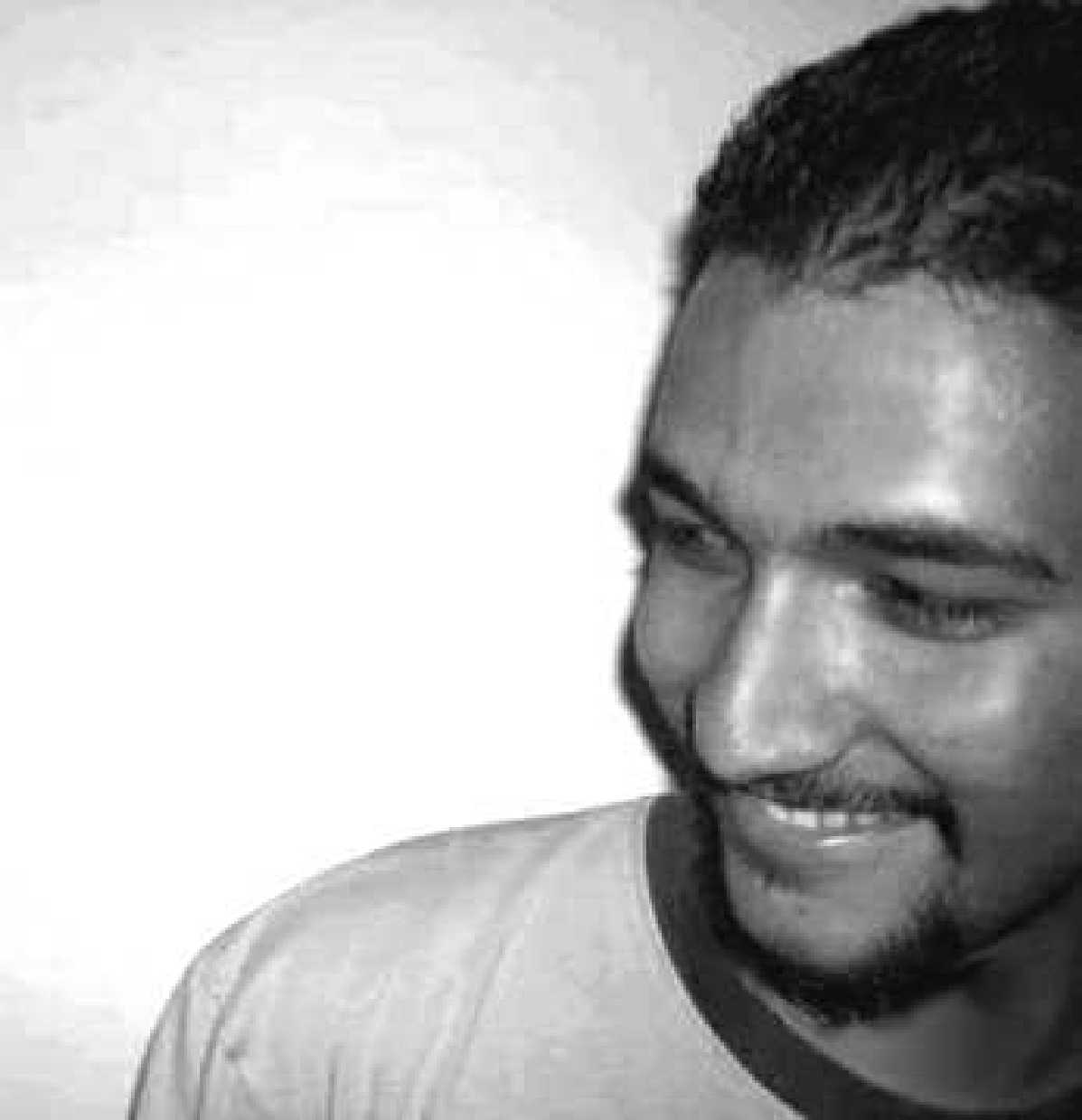
The Butterfly Effect
Although most of us first heard of this term as the name of a Hollywood
production (the first two hits a Google search came up with concerned
the film), it was invented long before the movie was shot. The term is
generally ascribed to meteorologist Edward Lorenz. He said that "one
flap of a seagull's wings would be enough to alter the course of the
weather forever" in a paper that he gave to the New York Academy of
Sciences in 1963. Ten years later, the seagull "had evolved into
a
butterfly" in another of his works.*
But it would be a mistake to limit the implications of the butterfly
effect or chaos theory only to the areas covered by physics or
meteorology or the other natural sciences. Just as the flaps of a
butterfly's wings are transmitted to a distant spot on the globe through
the air, lots of human thoughts and actions are transmitted to other
parts of the world through radio waves and fiberoptics. And this system
of fast delivery increases the effectiveness of the "flap."
I hope you remember (or at least heard about) the destruction of the
dome of the Golden Mosque, which was a sacred place for Iraqi Shiite
Muslims, on February 22. Let's think about how it happened. What did the
attackers need to destroy a hundred-year-old gold-covered dome? Two
bombs. Two simple mechanisms, each probably not much bigger than a fist.
What did the 9/11 attackers need to destroy the twin towers of the WTC?
Two men with small knives and the ability to fly an airplane.
What did 9/11 lead to? Panic in North America and Europe, war in
Afghanistan and Iraq, and many other complicated operations. Two men
were enough to cause such a thing: even one man could have been
sufficient to cause panic across a continent and the subsequent invasion
of a country.
What did the attack on the Golden Mosque lead to? An immeasurable
increase in sectarian tension. Serious concerns about a civil war in
Iraq. And it took only two simple explosive mechanisms to heighten two
sects' growing distrust of each other.
So, it's not an exaggeration to state that in the 21st century, you can
cause unbelievable chains of events by using simple things. A simple
piece of software can threaten the biggest banks in the world (like the
computer virus Chernobyl did a few years ago). A single cigarette lit in
a single office can activate all the fire alarms at Cyberpark and cause
the building administrators to send emails to all the companies there
about smoking in the offices.
"Laugh, and the world laughs with you. Weep, and you weep alone."* Act,
and the world tries to react to the zoom-in vision it receives of what
you've done. But you can never know exactly what you'll cause and how
what you've done may come back to affect you. In this century of both
solid and abstract explosions, it's more important than ever before to
act carefully.
*http://www.cmp.caltech.edu/~mcc/chaos_new/Lorenz.html
** From the motion picture "Oldboy" (2003)
İsmail O. Postalcıoğlu (POLS/III)
ismail_orhan@yahoo.com
 |







